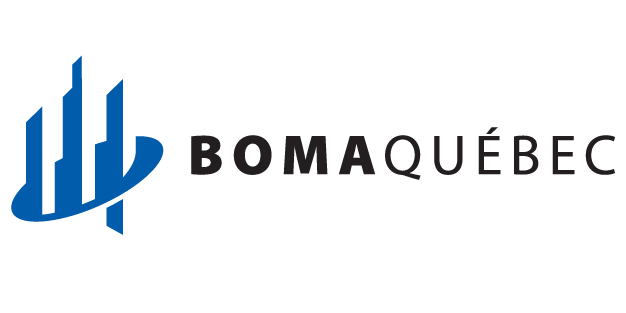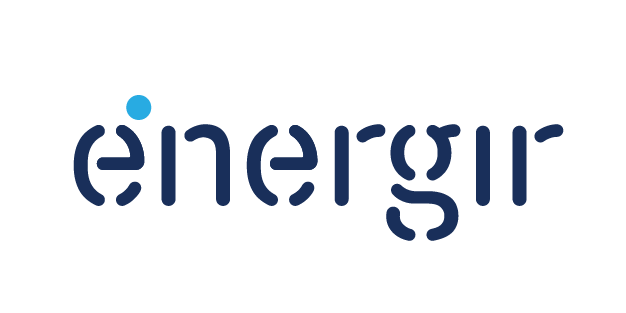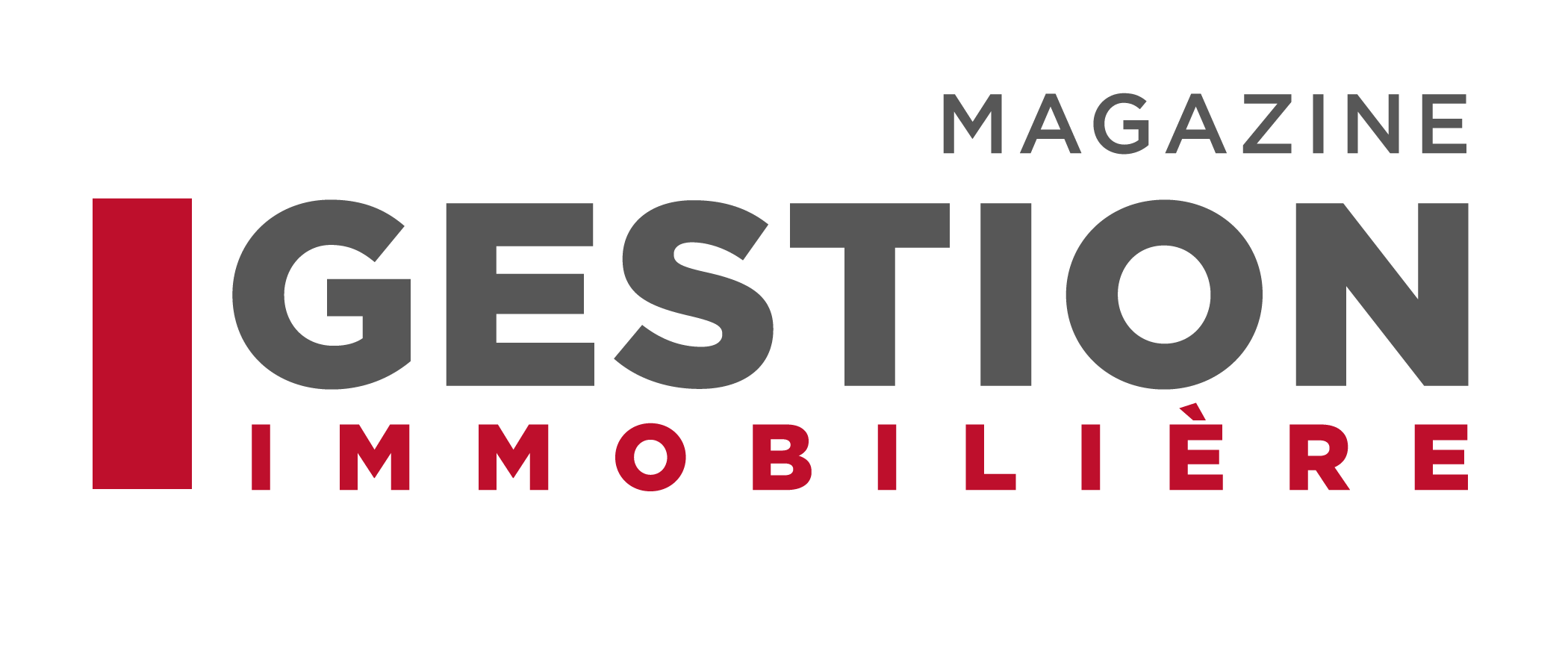In order to follow up on the commitments outlined in the Government of Quebec’s action plan for climate change, the Ministry of Municipal Affairs and Housing announced in the Gazette officielle du Québec on July 10 plans to modify the Quebec Building Code. The regulations can be approved by the government, with or without any modification, 45 days after the expiry of the legal deadline on July 17.
The proposed regulations call for raising energy efficiency standards for new buildings as described in a new Chapter 1.1 – Energy Efficiency in Buildings. This new chapter refers to the National Energy Code of Canada for Buildings (CNEB 2015), modified to better respond to the specific needs of Quebec. It will apply to all new commercial, institutional, industrial or large residential buildings that are subject to the Building Code (Chapter B-1.1). It also covers public swimming pools and wading pools, as well as certain expansions or extensions made to existing buildings.
The CNEB 2015 energy efficiency standards affect the building envelope, lighting, the heating, ventilation and air conditioning (HVAC) systems, hot tap water systems, transformers and electric motors. They include minimum performance standards for machinery and components, as well as the addition of control elements and energy recovery systems. Three methods of compliance for the new regulations are outlined: a prescriptive approach, a replacement solutions approach and a performance approach.
The prescriptive method emphasizes compliance with thermal performance criteria and minimum energy efficiency thresholds, plus implementation of certain specific measures.
The solutions approach aims for performance equivalent to the performance that would be achieved via the prescriptive method, but without necessarily using the same measures and threshold criteria. Specific equations must be used to demonstrate equivalence.
The performance method focuses on the building as a whole, and insists on energy consumption specific to the building that is equivalent to the consumption obtained by applying prescriptive measures. It can be demonstrated by an energy modelling of the building that compares the proposed design with what would be obtained via the prescriptive method.
According to an analysis carried out by TEQ, the new regulations will mean higher construction costs (increased material and equipment costs, additional design fees and training costs) and thus higher purchase prices for these buildings. However, these additional expenditures will become cost-effective due to the significant reduction in energy consumption for the building and lower operating costs, a savings of some 23% compared to current practice.
Reference: http://www2.publicationsduquebec.gouv.qc.ca/dynamicSearch/telecharge.php?type=1&file=70930.pdf







